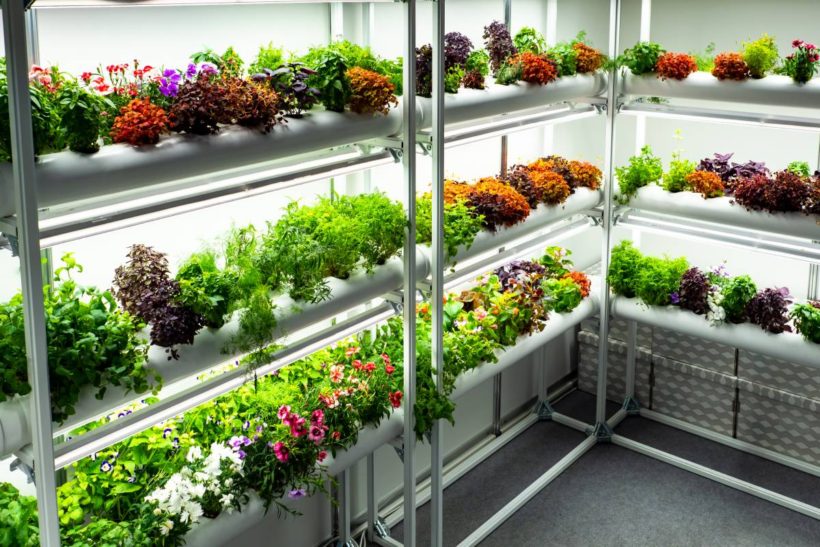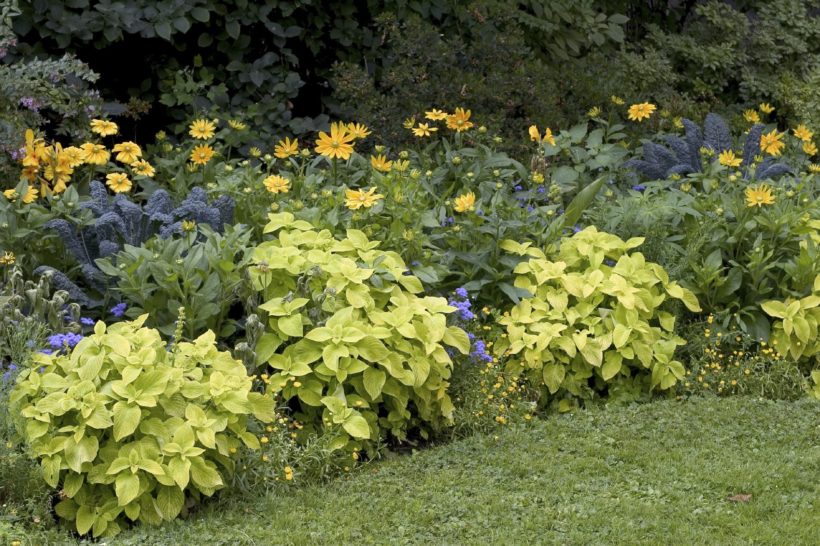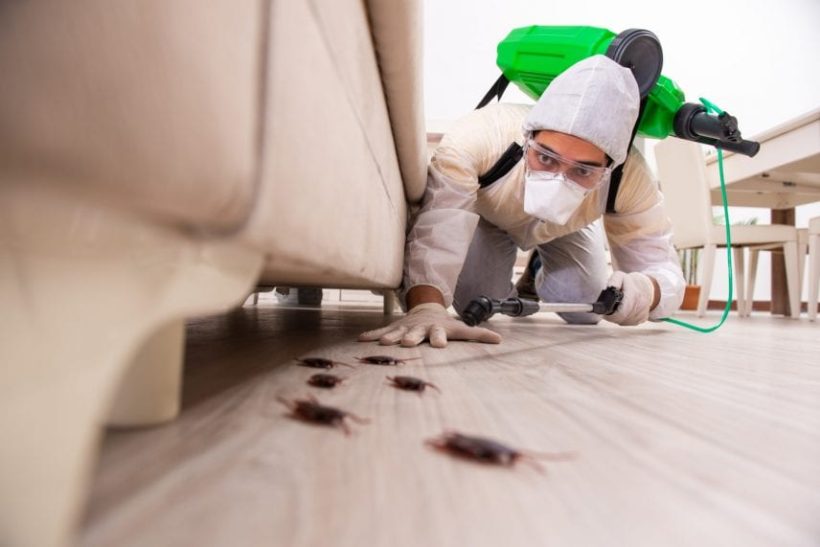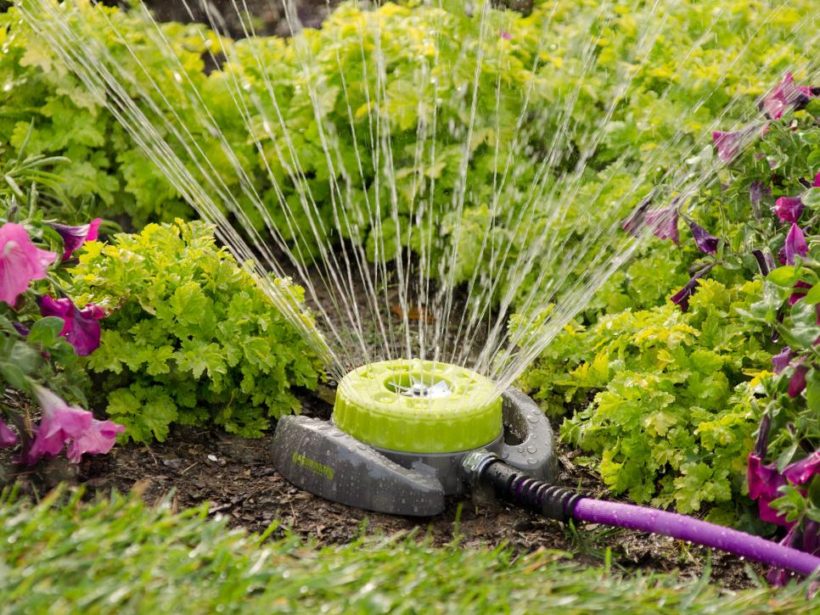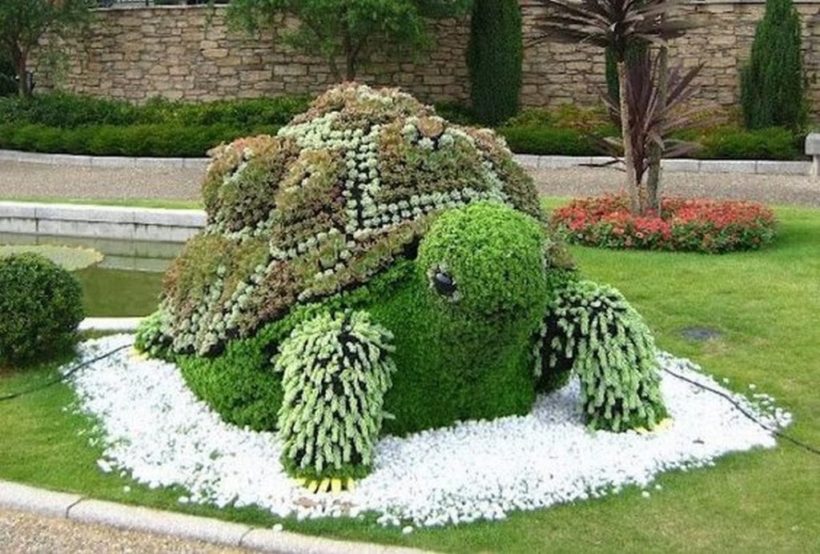
Animal lovers, this time we want to share several ways you can arrange your garden at home so that it suits the turtle’s environment. For those of you who want to keep a turtle for the first time, pay attention to the following things which we will explain.
Get to Know about Turtle
Maybe you are already familiar with what is called a turtle. We will provide a more detailed explanation for you so that you know more about turtles.
Turtles are animals that live in two worlds, have scales, and walk on four legs. Turtles themselves are famous for their strong shells and are known to be able to grow to very large sizes. Apart from that, turtles themselves are believed to be able to survive for hundreds of years, this is because the turtles’ slow lifestyle makes them live long.
Turtles themselves are cold-blooded animals, animals like this cannot regulate their body temperature, so cold-blooded animals like turtles need sunlight and shade so that their body temperature remains stable.
Turtles are also omnivores or eat everything. The main food is meat, vegetables, or even fruit. Included in the oviparous category or animals that reproduce by laying eggs. The body structure itself is divided into a head, neck, shell (body), and tail.
Preparation for Keeping Turtles
There are also several preparations that you have to make to keep turtles because keeping reptiles is not easy to do, so you have to know what preparations you have to make.
Getting ready to care for turtles involves doing a few important things because taking care of reptiles, like turtles, can be a bit tricky. It’s not a simple task, so it’s essential to know what you need to do before bringing a turtle home.
How to Care for Turtles
To keep a turtle, you have to know how to care for it yourself. Many veterinarians also don’t understand turtle care well, which is why you have to find a recommended veterinarian who truly understands turtle life, so you can provide the best care.
1. Food for Turtles
Caring for turtles is a difficult thing because the food for turtles itself must be considered very carefully. You must pay close attention to the nutrition intake of reptiles so that they can grow very healthily.
2. Dry in the Sun Every Few Days
Since it is a cold-blooded animal, you need to dry your turtle regularly. Do this every few days so your turtle can stay warm and not stay in a damp place for too long.
These are some simple preparations that you should at least know before keeping a turtle. Next, we will explain how to make your garden a suitable place for turtle companionship. Here are some things you should do.
Preparing Garden Land
For those of you who want to create a comfortable place for turtles at home, you have to start by preparing the land in your garden. The land is large enough to suit the size of the turtle itself and the number of turtles you will keep.
A spacious place will make the turtle feel more comfortable. This can help turtles avoid stress because the place where they live is large and spacious, and having more than one turtle will allow them to interact with one of their species.
1. Adapt to the Habitat
Indeed, the place where turtles live must also be adapted to the habitat they have. This is very important for you to pay attention to, remembering that turtles are cold-blooded animals that cannot live in places that are too cold.
So, always pay attention to the temperature where the turtle lives and also know what its habitat is like. This is one way to keep your turtle alive and healthy.
2. Preparing Plants
To turn your garden into the perfect place for turtles, you can also add plants to make the place cooler. Don’t add plants that are too shady, because turtles still need sunlight to sunbathe.
So, add plants and arrange them well, so that they don’t block too much sunlight access to the turtle’s place. So, you have to pay careful attention to the layout of these plants.
3. Prepare an Artificial Pond
Yes, to make this turtle’s place even more comfortable for them, you can add an artificial pond to where they live. This is so they can swim and allow their bodies to cool down when the temperature is very hot.
Make a pond that is mini-sized but big enough for the turtle you have. Very suitable for turtles that still have small bodies.
4. Adding Rocks
Rocks are one of the important elements that you must add to the turtle nest that you make. The stones will make their home feel more natural and of course, this will give them a place to relax.
5. Make it in a Place with Good Sunlight
You must also pay attention, that to create a suitable place for turtle companionship, you must choose a spot that has the best quality of sunlight. A good place and good sunlight will allow the turtle to get good sunlight.
So, choose a place in your garden that is best exposed to sunlight, because this will make the turtle’s habitat feel better. Also, it will give the turtle an easy way to get warmth for their body.
This is how you design your garden at home so that it is suitable for tortoise companionship. To get further information regarding this matter, you can visit Reptileclass.com.
